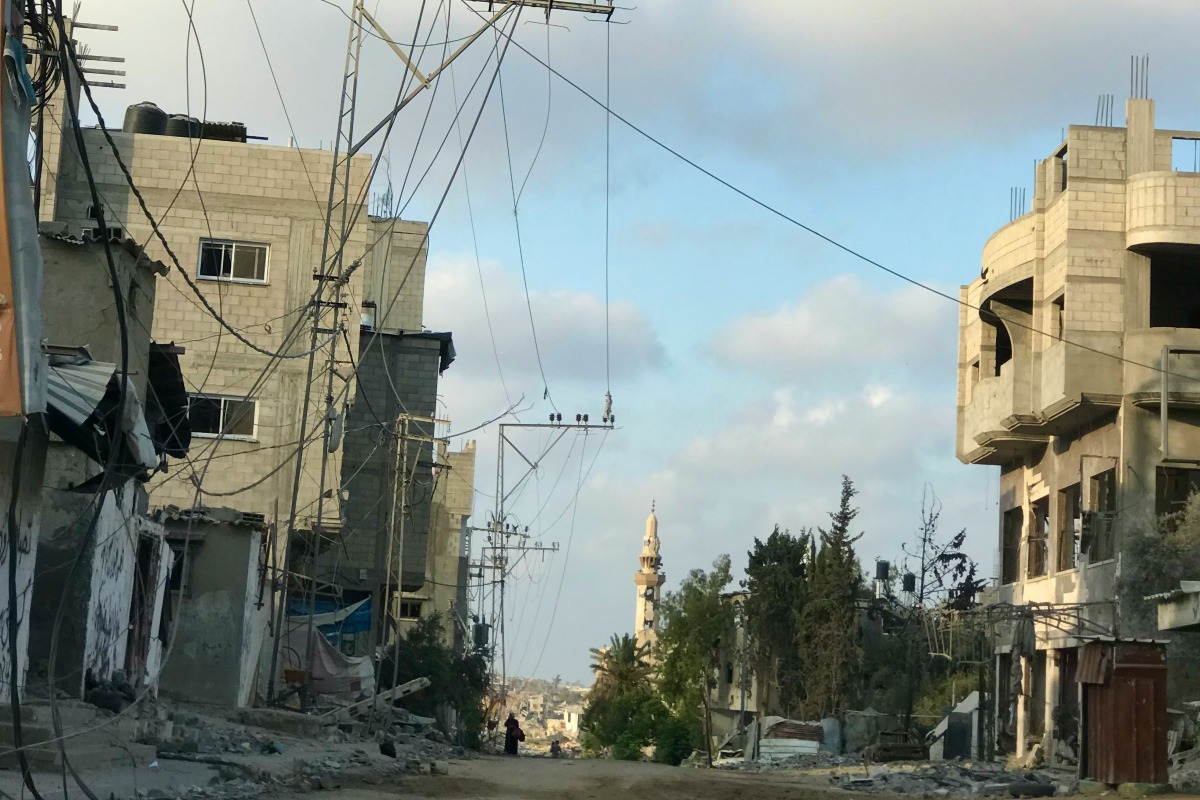UNESCO has inscribed the Monastery of St. Hilarion, also known as Tell Umm Amer, in the Gaza Strip on both the World Heritage List and the List of World Heritage in Danger. This decision, taken during the 46th session of the World Heritage Committee in New Delhi, India, reflects the exceptional cultural value of the site and the urgent need for its protection.
The Monastery of St. Hilarion is of immense historical importance as one of the oldest sites in the Middle East. Dating back to 329 AD, it was home to the first monastic community in the Holy Land. During the Byzantine period, it also served as an important center for religious, cultural and economic exchange. The complex consists of two churches, a burial site, a baptism hall, a public cemetery, an audience hall and dining halls.
Why did UNESCO initiate the emergency procedure?
UNESCO has used an emergency procedure set out in the World Heritage Convention to speed up the inscription of the site. This accelerated process normally takes at least two years. It was deemed necessary due to the ongoing conflict in Gaza, which poses a potential threat to the archaeological site. A UNESCO spokesperson told CNBC Travel: “The ongoing conflict in Gaza, which could pose a threat to this archaeological site, is a situation in which this procedure is possible.”
Simultaneous inscription as a World Heritage Site and as a Site in Danger is not uncommon for areas facing significant threats. Recent examples include the historic centre of Odessa in Ukraine and the archaeological sites of the ancient Kingdom of Sheba in Yemen, both of which were inscribed in January 2023. There are currently 1,123 sites on the UNESCO World Heritage List, of which 56 are on the List of Sites in Danger.
The “Vulnerable” classification identifies sites that are threatened by various factors such as war, natural disasters, pollution or excessive tourism. This classification allows for potential technical and financial support for protection and restoration work. UNESCO monitors the Monastery of St. Hilarion remotely using satellite imagery and has so far found no damage to the site.

